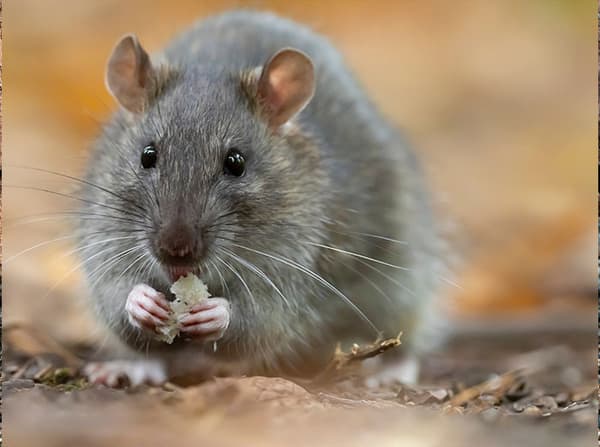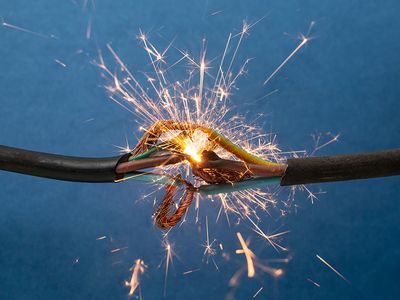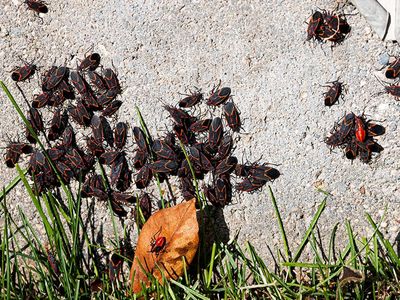What do Norway rats look like?
Norway rats are large, brown rats that are pretty common here in Pennsylvania. They usually measure between 7 to 10 inches long, with a thick, scaly tail that adds another 6 to 8 inches. These rats have a stocky build, a blunt snout, small ears, black eyes, and pale pink feet. If you spot one, you might also notice their sharp claws—they're built for digging.

Do Norway rats bite?
Yes, Norway rats can bite, but they usually won’t unless they feel cornered or threatened. They’re not aggressive by nature, but it’s still smart to steer clear of any confined areas where rats might be hiding. If you come across one, let a professional handle it.
Are Norway rats dangerous?
Yes—they’re more than just a nuisance. Norway rats pose real health and property risks. Here’s why you don’t want them hanging around:
- Their droppings can carry Hantavirus and other harmful pathogens.
- They leave behind hairs as they travel, often through sewers and trash, adding to contamination concerns.
- They can carry fleas, ticks, and mites—which may transmit other diseases to humans and pets.
Whether it’s your home or business, it’s important to act quickly if you suspect Norway rats are present.
What attracts Norway rats?
Like most pests, Norway rats are looking for three things: food, water, and shelter. Unfortunately, they’re not very picky.
- They’re drawn to damp environments and are often found near sewers, drains, or puddles.
- Their diet includes seeds, nuts, fruit, bugs, garbage—even dog droppings if nothing else is around.
- Uncovered trash cans, dirty bins, and compost piles are like open invitations.
- Cluttered areas like wood piles, overgrown vegetation, crawl spaces, and junk piles offer great hiding spots.
- Soft soil is perfect for tunneling—so gardens and landscaping beds can also attract them.
How do Norway rats get inside?
They’re ground-dwellers by nature, so they typically enter homes through low points. Some common entryways include:
- Gaps around utility pipes or wires
- Openings near garage doors or under exterior doors
- Damaged weatherstripping or door sweeps
- Rotted wood around windows and doors
- Broken vents or torn screens
While they prefer ground-level access, don’t underestimate their determination—if needed, they’ll climb trees or rough surfaces to find a way inside.
Where do Norway rats nest?
Norway rats prefer to nest in the ground, often in burrows hidden under structures or piles of clutter. Around Pennsylvania homes, they may nest:
- Beneath sheds, decks, or pallets
- In junk piles or overgrown yard debris
- Inside crawl spaces, where they dig into the dirt and chew their way into the home
- Once inside, they may move into wall voids or insulation for warmth and protection
How do I get rid of Norway rats?
If you’ve detected Norway rats or other rodents in or around your home or business, contact Evergreen Pest Solutions for help. We offer residential and commercial pest control services that stop these destructive pests from taking over!
How can I prevent a Norway rat problem?
You can make your home less inviting to rats by addressing the things that attract them and securing common entry points. Here are a few prevention tips:
- Dump out any containers holding rainwater
- Clean out clogged gutters
- Remove bird feeders (or at least clean up fallen seed)
- Pick up fallen nuts and fruit from trees
- Get rid of junk piles and unused wood stacks
- Keep trash bins tightly sealed and clean
- Block access under decks and sheds with rodent-proof materials
- Seal gaps and cracks with caulk or expanding foam
- Replace worn-out weatherproofing
- Install mesh over vents and other potential access points








